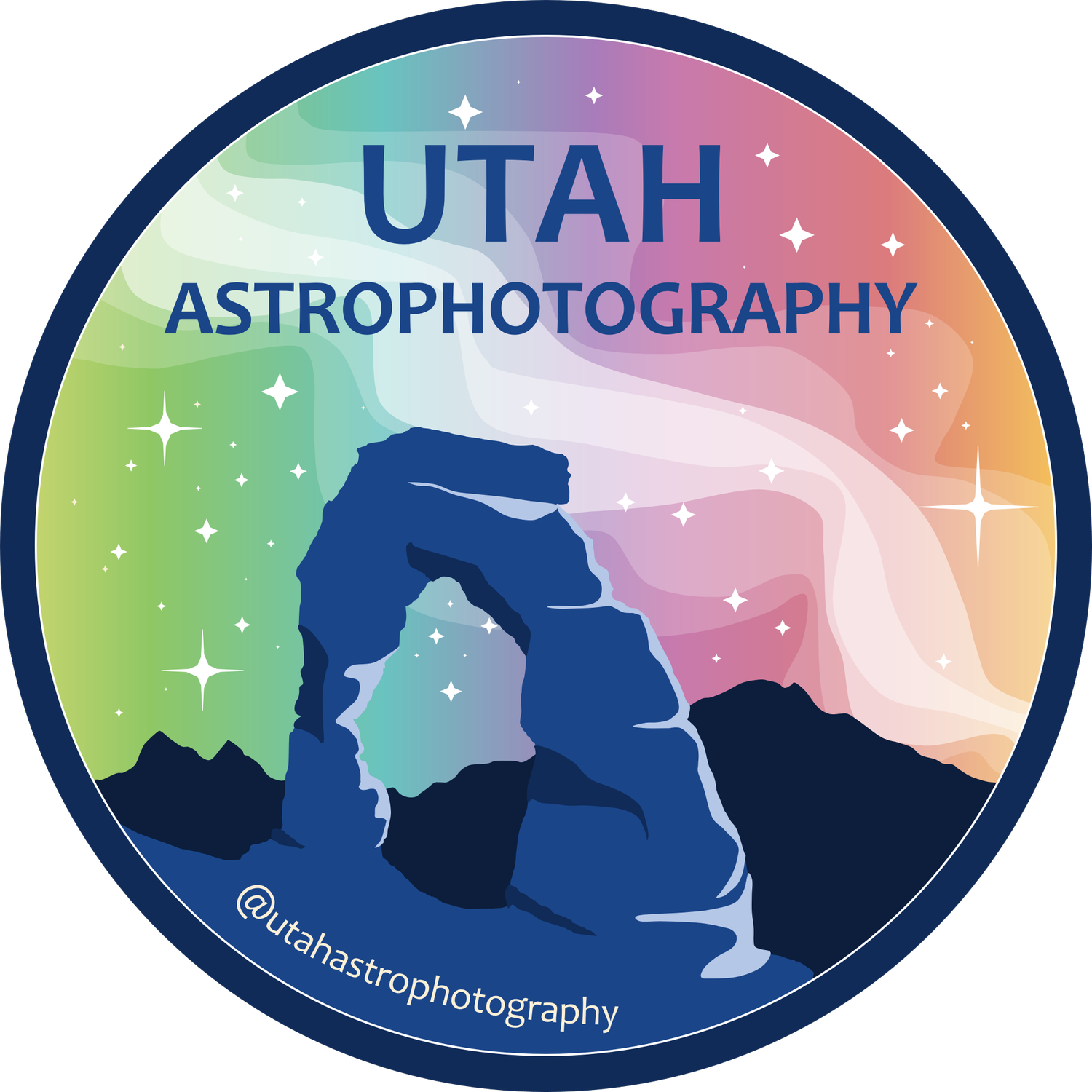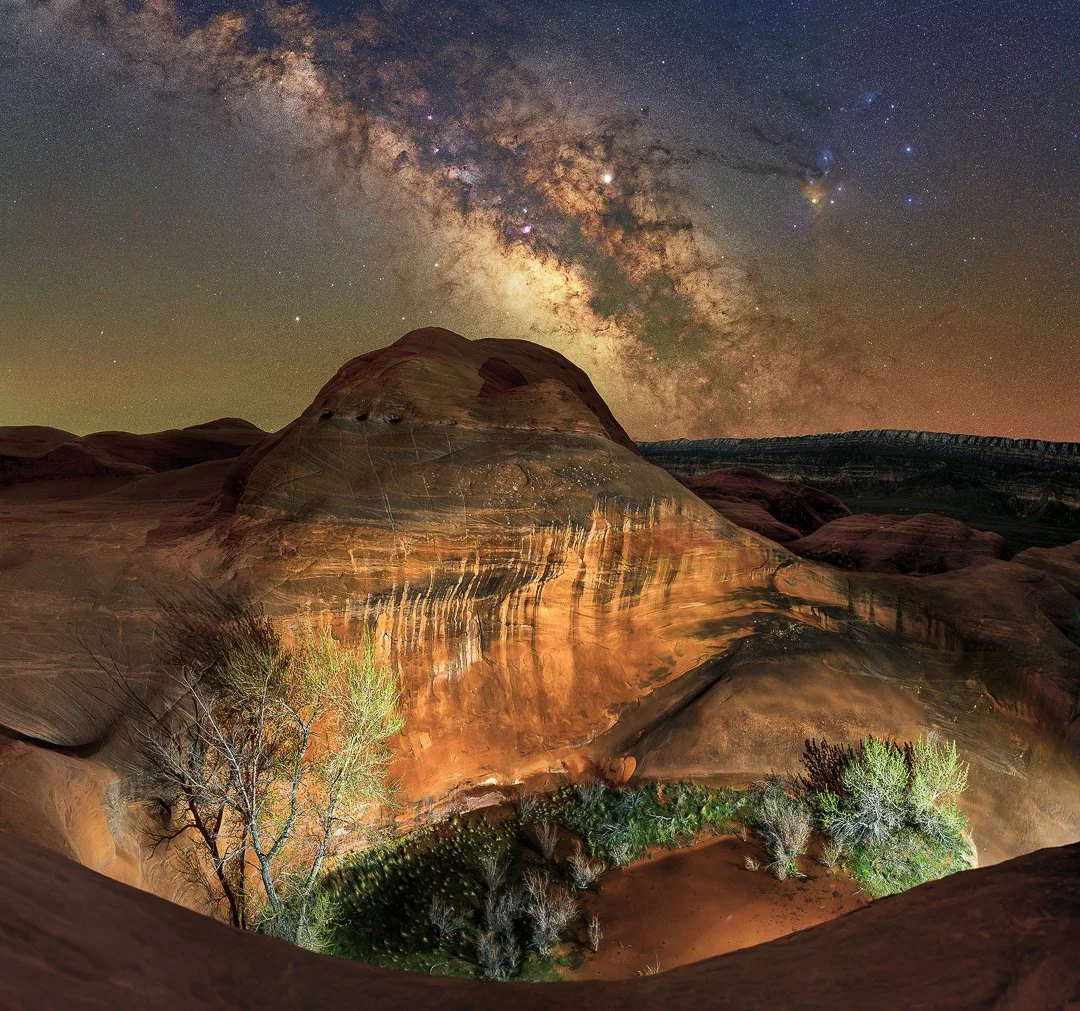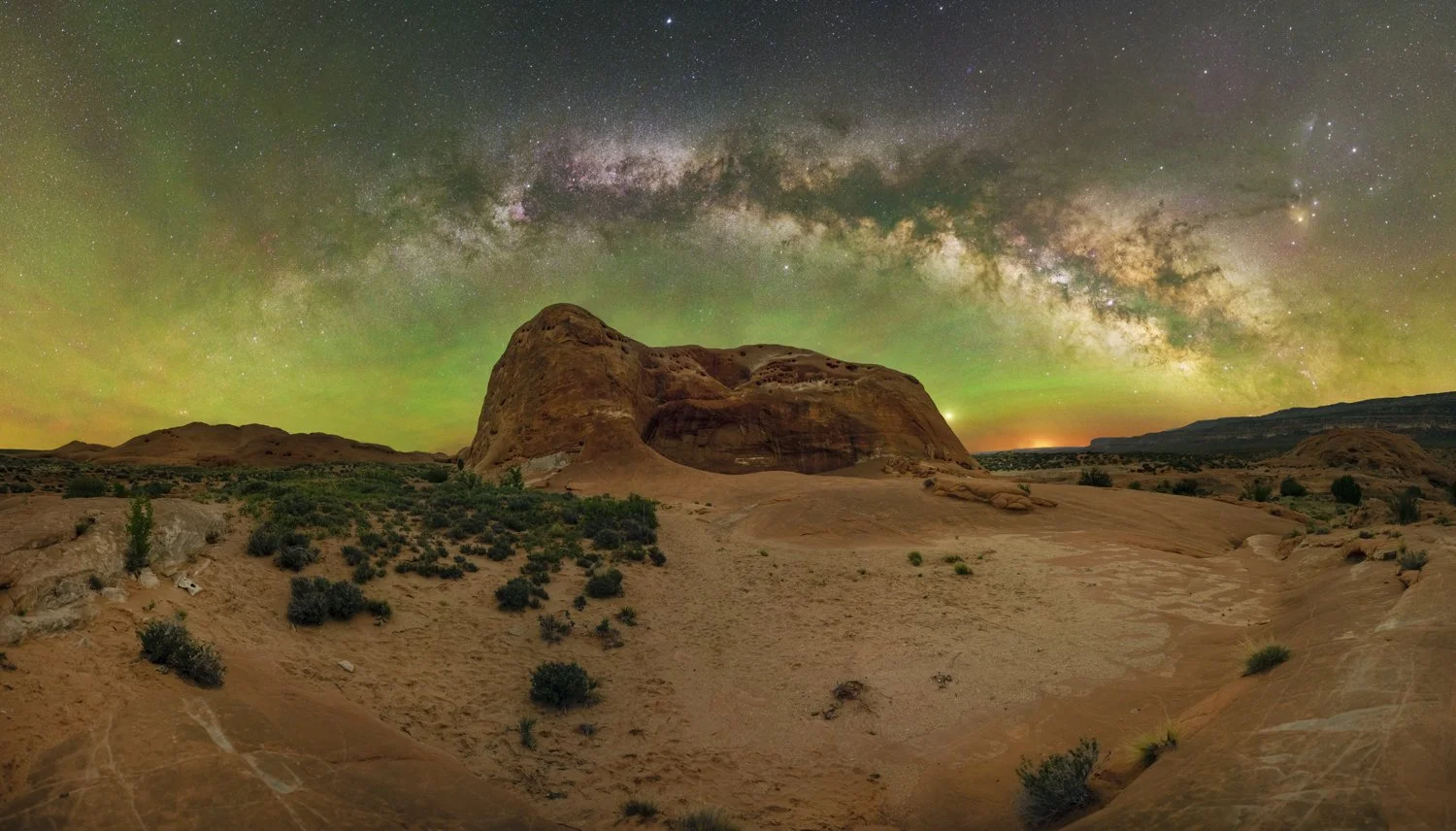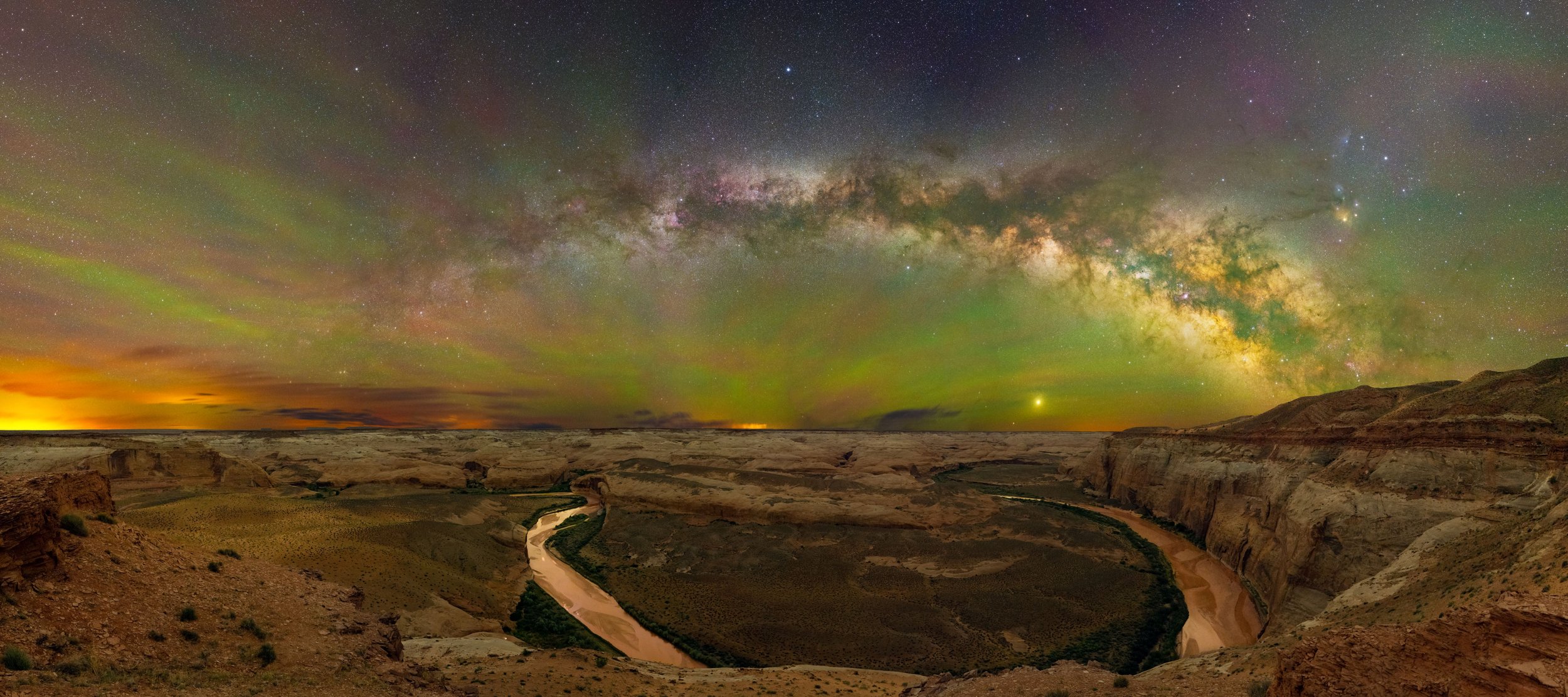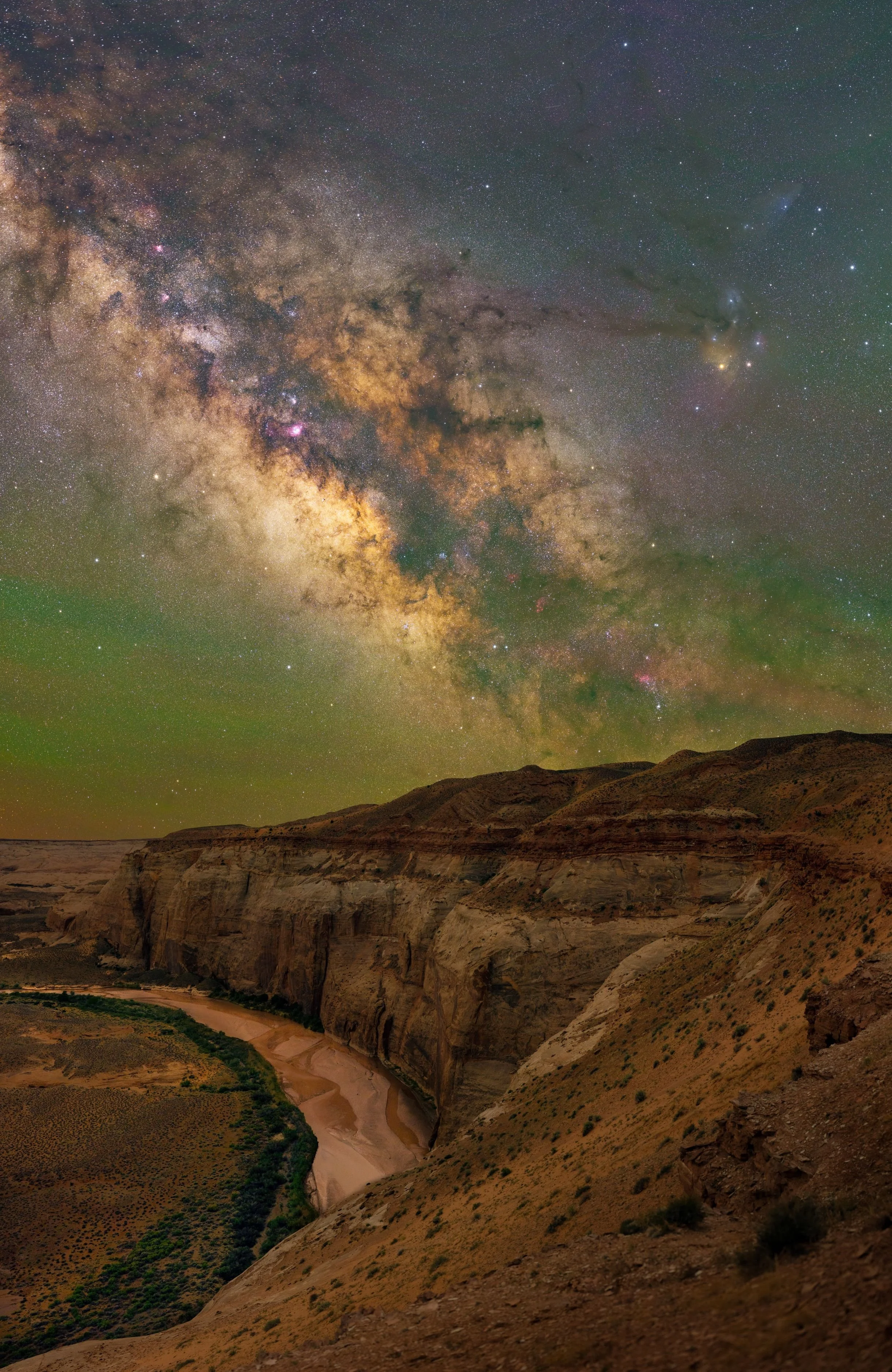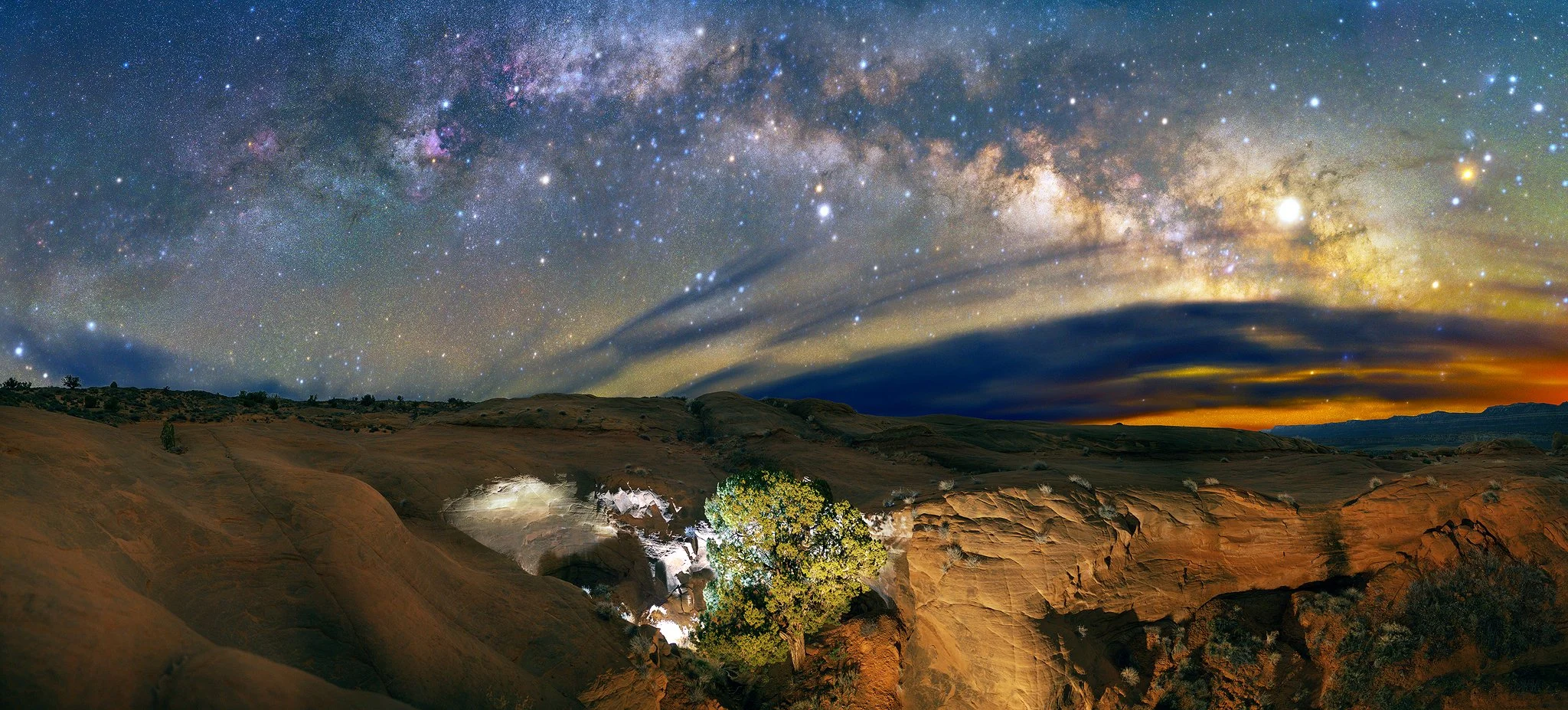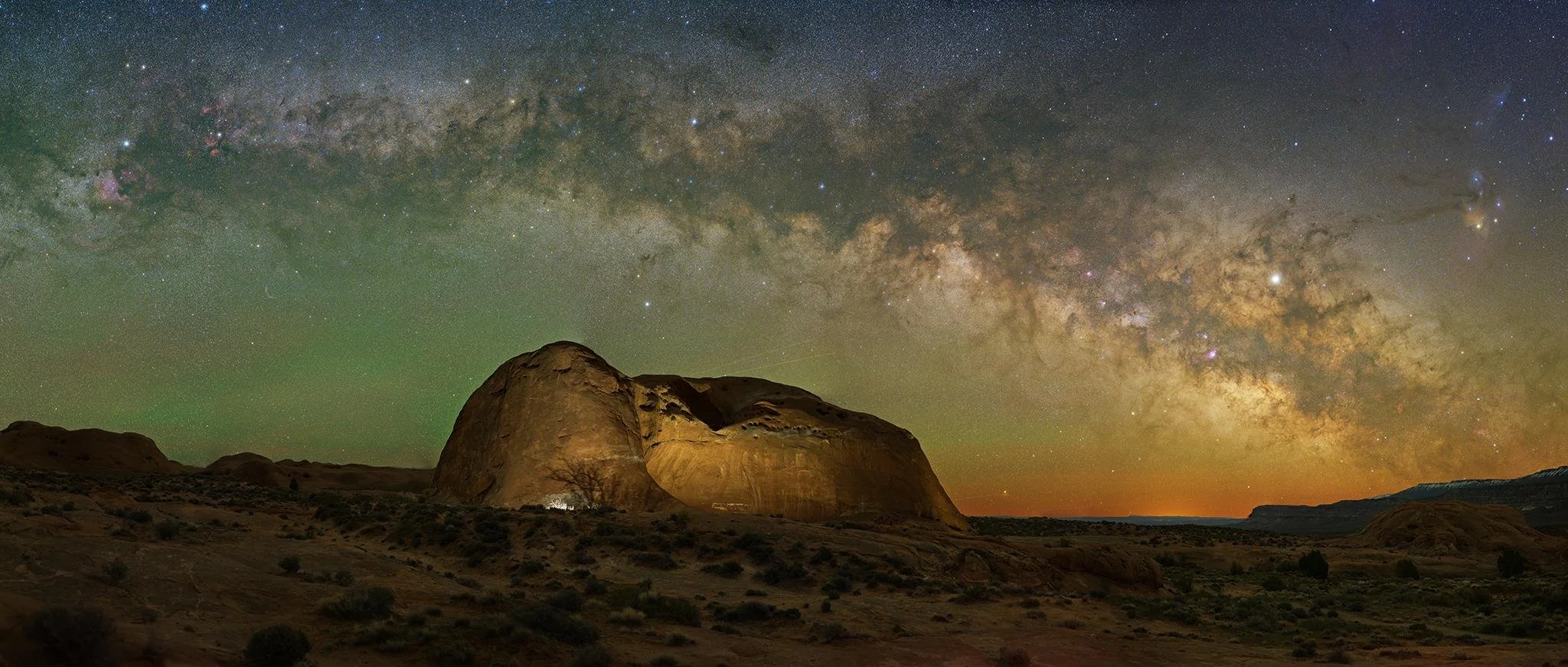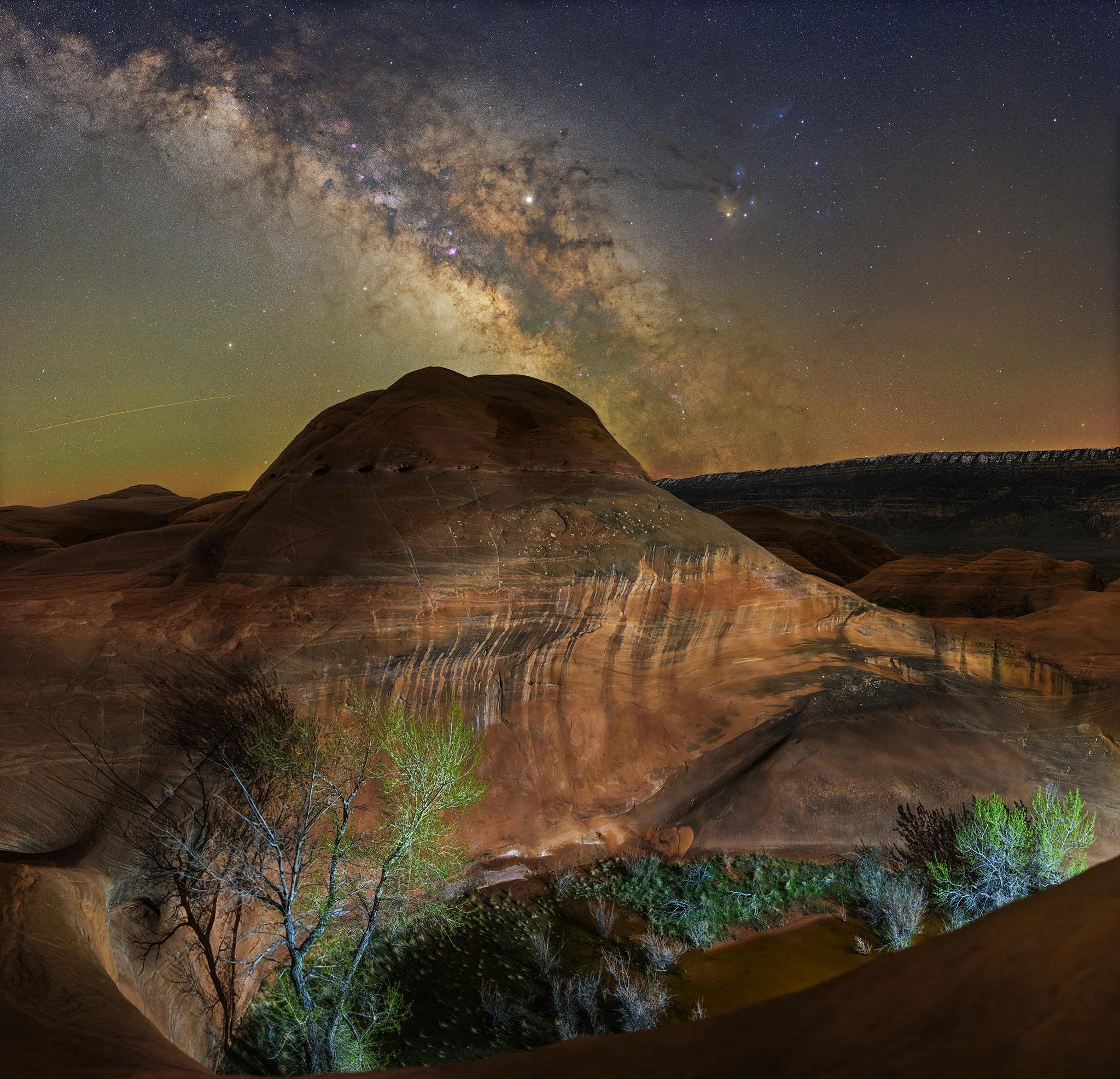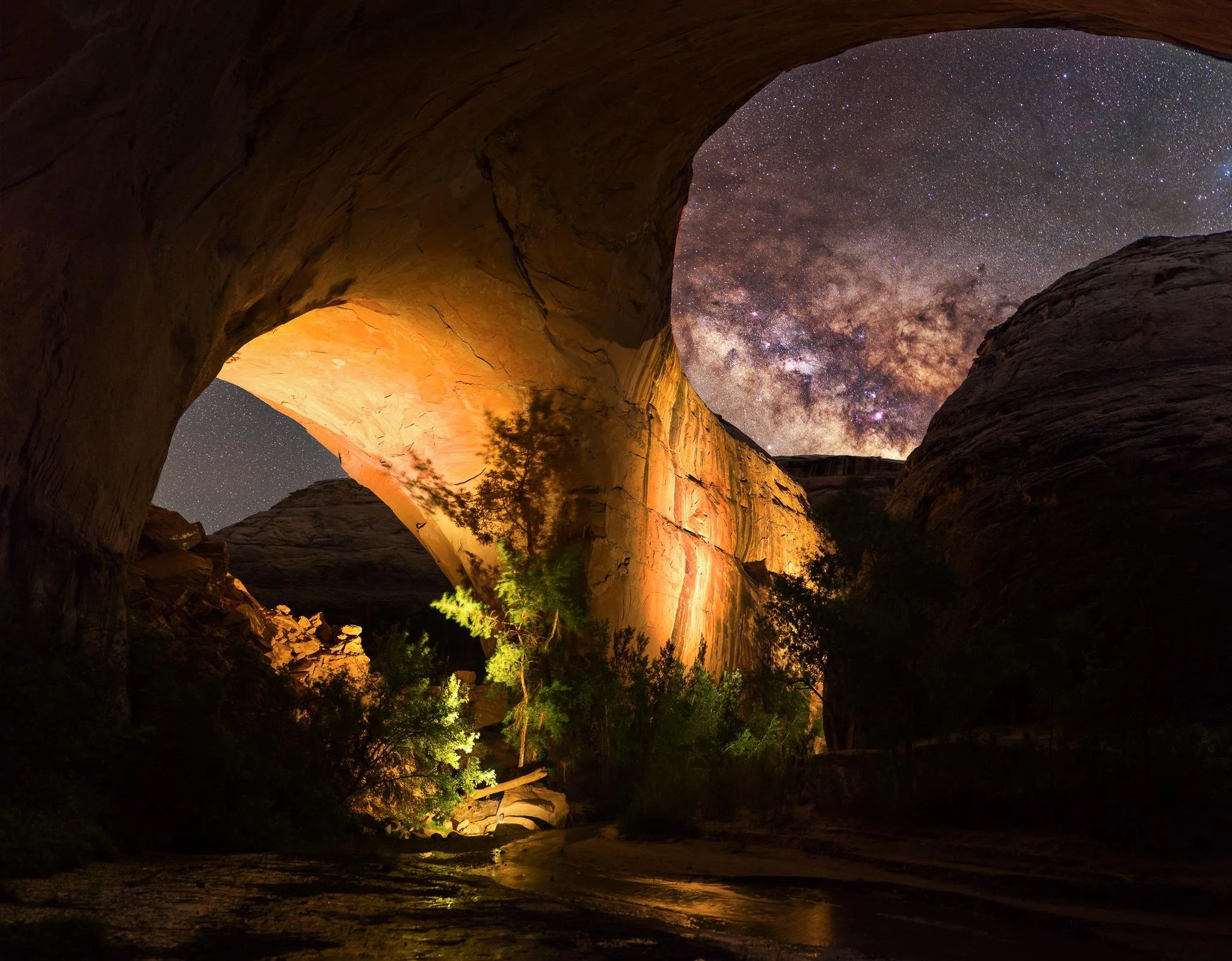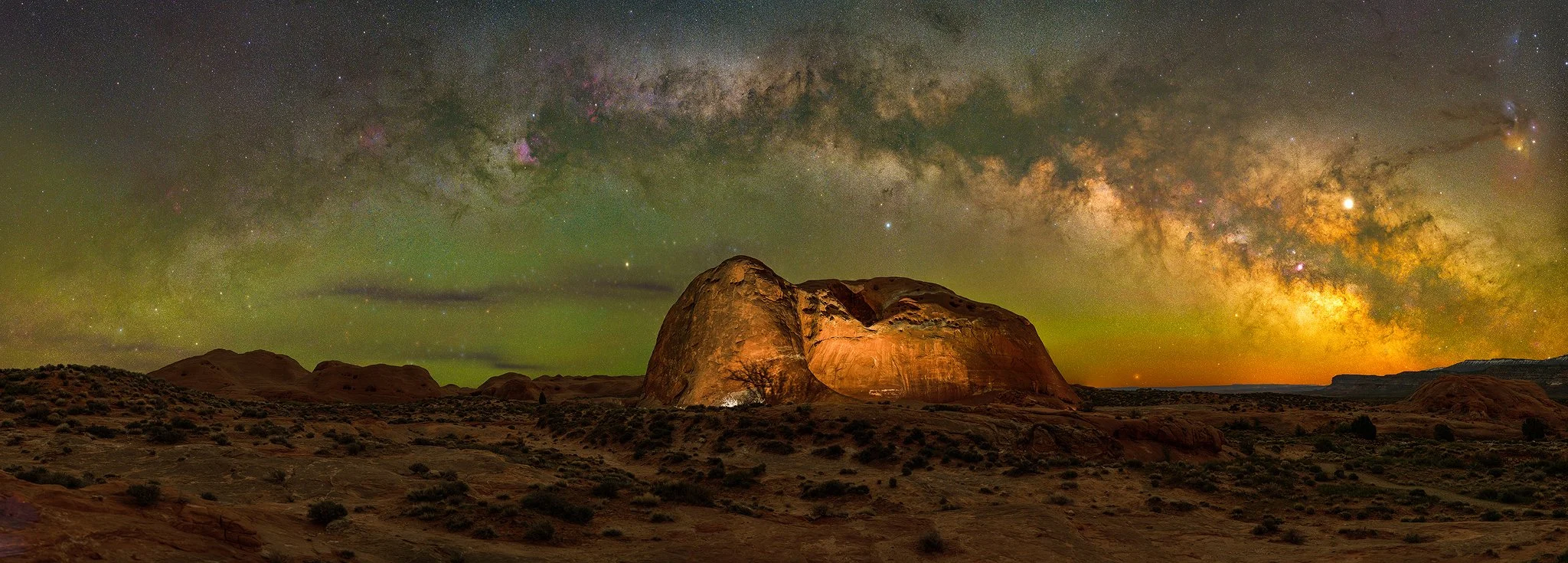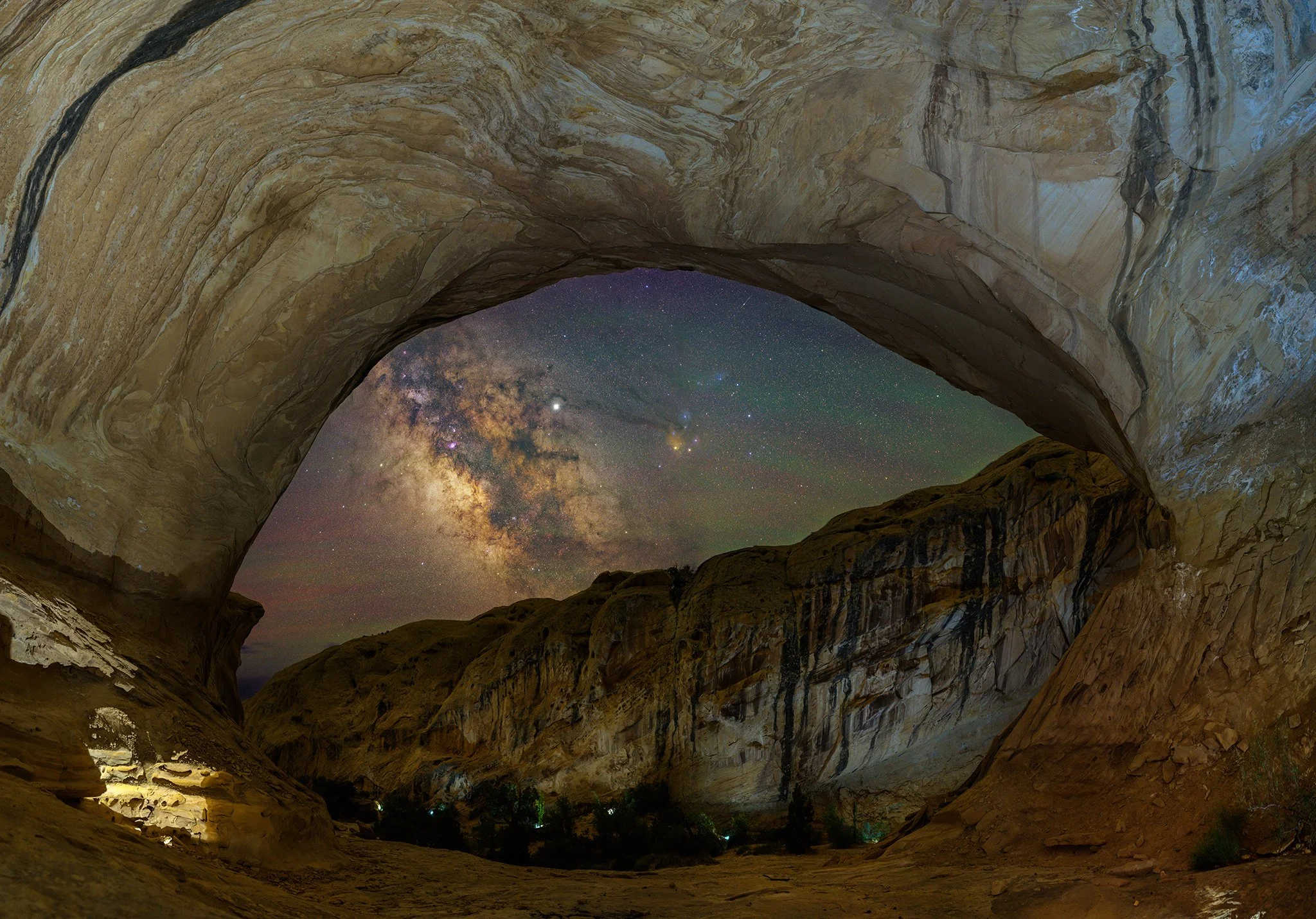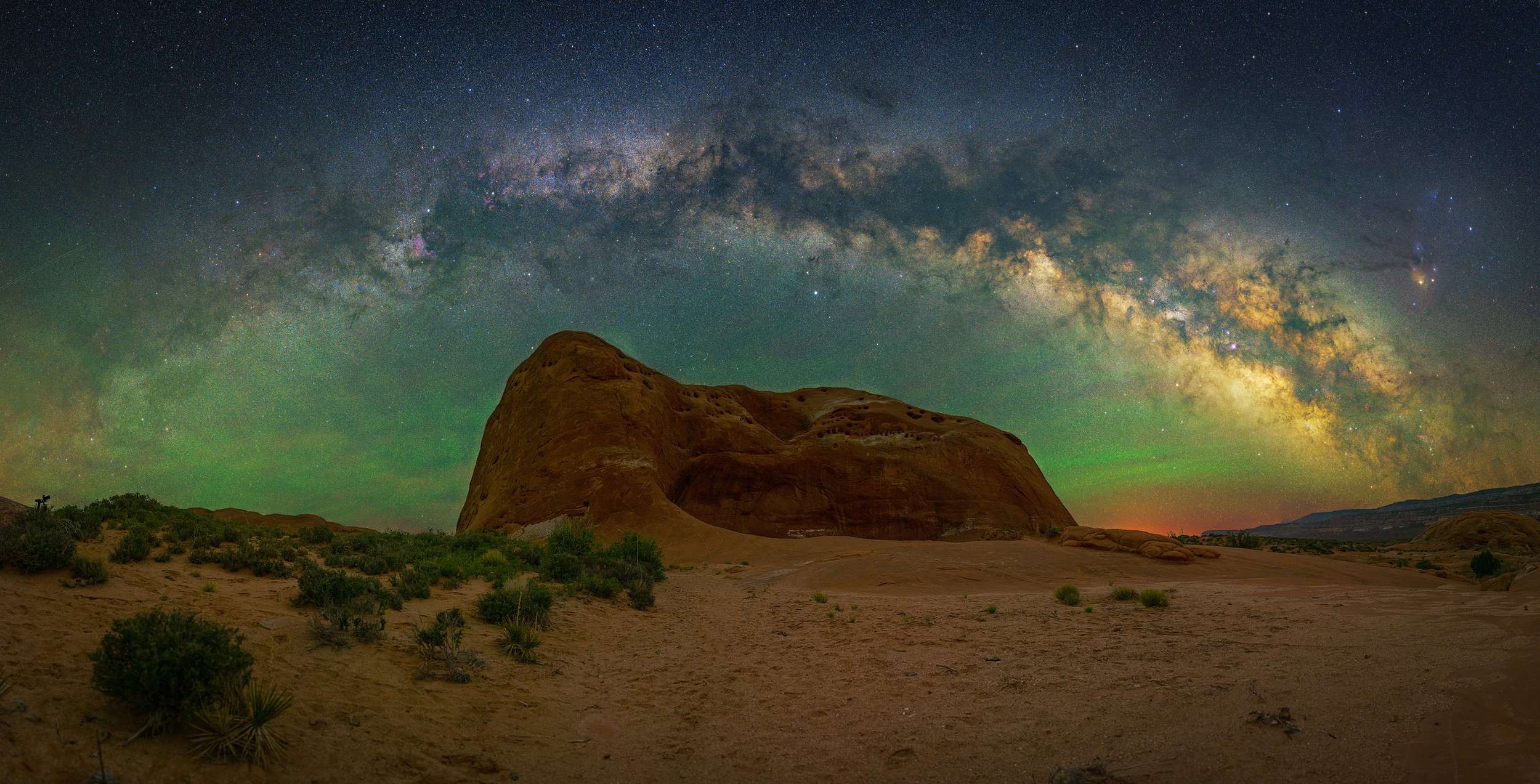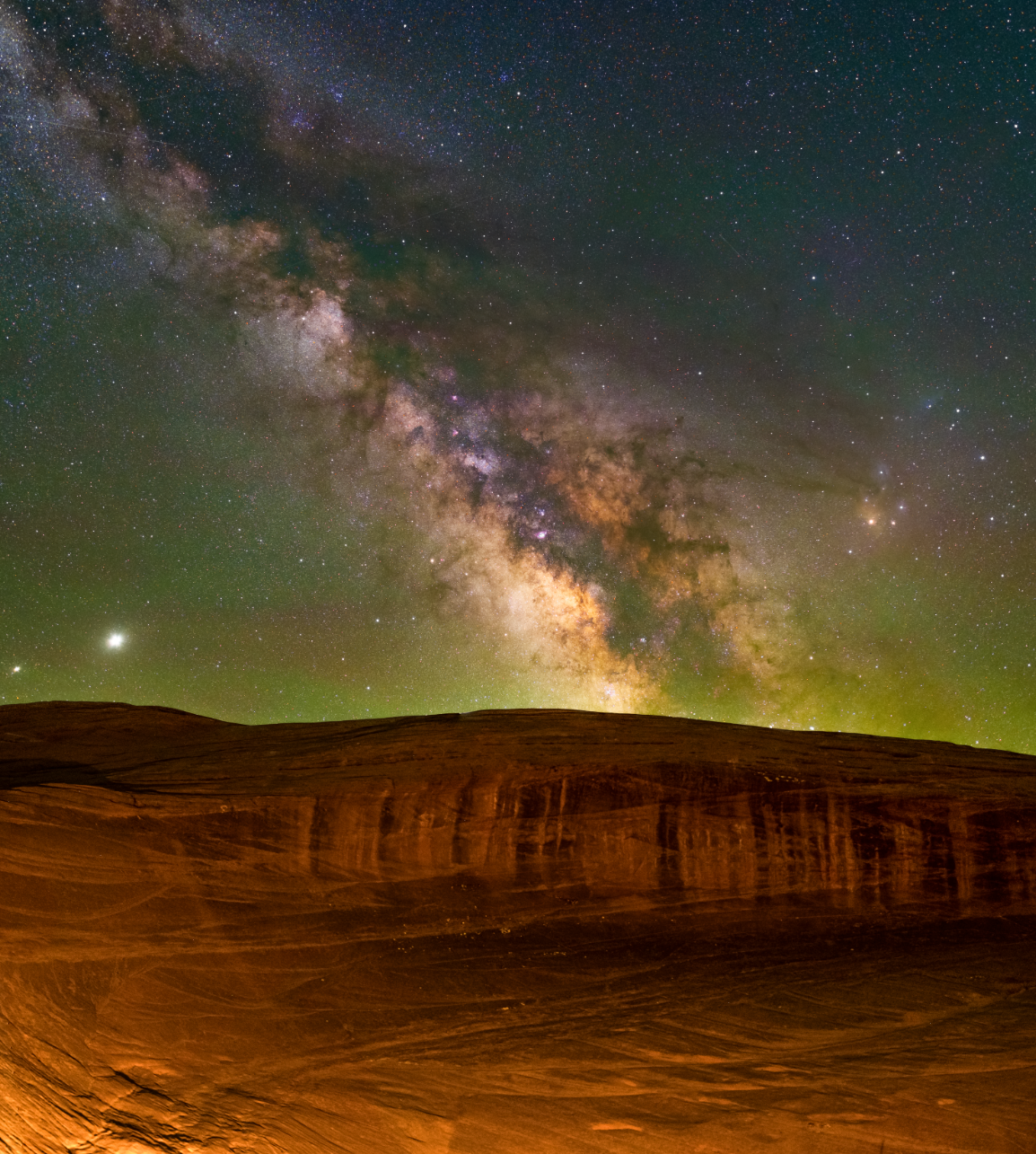
ESCALANTE
GEOLOGICAL HISTORY
The geological story of the Escalante Region is one of dramatic transformations over millions of years, marked by the deposition of sediments, the uplift of the Colorado Plateau, and the erosional forces that sculpted the landscape into its current form. The area is part of the Grand Staircase-Escalante National Monument, which is characterized by a sequence of sedimentary rock layers that visually represent different geological periods. These layers, known as the Grand Staircase, ascend from the Grand Canyon up through Zion National Park and into Bryce Canyon National Park. The region’s striking features include deep canyons, arches, plateaus, and cliffs, which were formed largely by the erosional power of water and ice over the landscape. This process exposed a rich geological record that spans nearly 275 million years, showcasing a vast array of environments from ancient deserts and shallow seas to river deltas and tropical forests.
ANTHROPOLOGICAL HISTORY
The anthropological history of the Escalante Region is equally fascinating, with evidence of human occupation dating back thousands of years. The area was historically inhabited by Native American tribes, including the Ancestral Puebloans (also known as the Anasazi) and the Fremont people, who left behind a rich legacy of rock art, pottery, and architectural ruins. These ancient cultures were highly adaptive to the challenging desert environment, practicing agriculture, hunting, and gathering to sustain their communities. They built complex societies and left behind remarkable cliff dwellings, kivas (ceremonial structures), and granaries, many of which are well-preserved and can be studied to understand their way of life. By around 1300 AD, these ancient inhabitants had largely abandoned the region, likely due to a combination of climatic changes, resource depletion, and social factors. In the centuries that followed, other Native American groups, including the Paiute and Navajo, moved into the area and continue to have a presence in the region today.
Bry: Escalante Pothole
Bry: Dancing Hall
Bry: Dirty Devil River
Bry: Dirty Devil River
Bry: Escalante campsite
Bry: Escalante Zodiacal light
Eric: Dance Hall Rock
Eric: Escalante Pothole
Eric: Coyote Gulch
Eric: Coyote Gulch
Bry: Dance Hall Rock
Eric: Cave of the Wild Horses
Bry: Cave of the Wild Horses
Eric: Dance Hall Rock
Bry: Escalante cactus
Bry: Escalante startrails
Bry: Escalante crossbedding in sandstones
